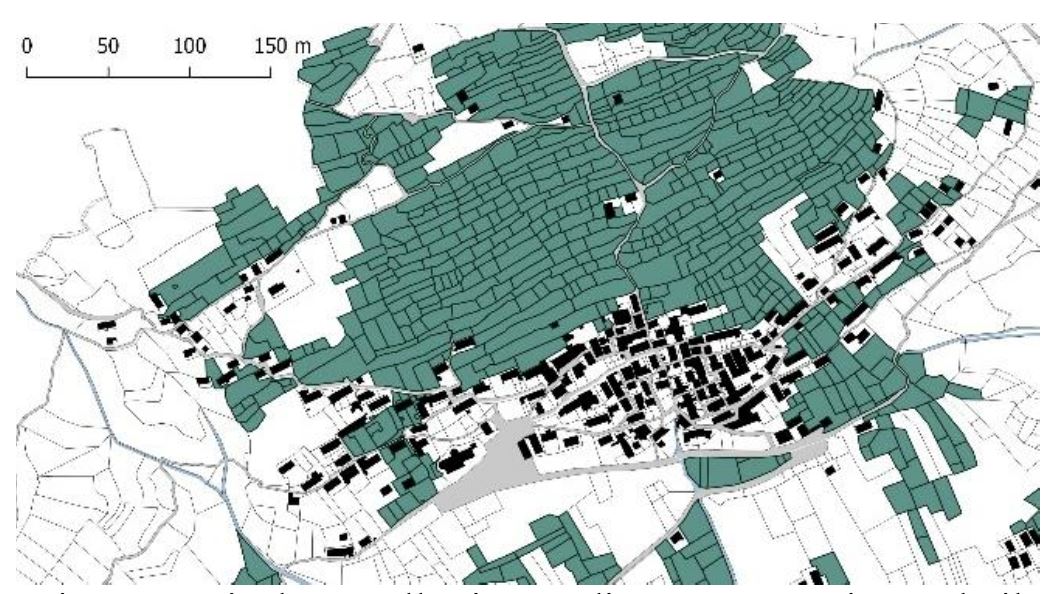DTM/DSM analysis for the terraced landscapes detection. Comparative test using regional DEM and UAV data
Keywords:
DEM analyses, GIS-based analyses, large scale mapping, UAV photogrammetry, terrace landscapeAbstract
The analysis of terraced heritage has implications in many different study fields, as it is shaped itself by natural, socio-economic and
cultural dynamics.
Given that their abandonment impoverishes territories and communities, it raises natural, especially hydrogeological hazards, and their
deactivation leads to a loss of cultural identity, this paper aims to study rapid systems for their detection.
Since a deep relation between high land division and the use of terraces for the exploitation of territories has been recognized, a first
detection method is based on cadastral maps. The joint use of regional-scale DEM and cadastral dataset polygons, based on a model
that typically uses GIS analyses, identifies areas with a high probability of terracing.
A second method is based on the use of new technologies for very high-scale data collection. The DEM models derived from the UAV
photogrammetry, given their ability to determine the micro-topographical characterization of the terrain as well as the most expensive
on-site techniques can be considered a great low cost means to locate this terraced heritage. The proposed work includes comparative
testing between methods implying GIS based analysis of slope models. It aims at highlighting the effectiveness of using both methods:
regional scale DEM and cadastral map to detect a high probability of terraces localization and DEM derived from the use of low-
altitude aerial data and SfM algorithms that have greatly and effectively increased the use of aerial drone photogrammetry.
Downloads

Downloads
Published
How to Cite
Issue
Section
License

This work is licensed under a Creative Commons Attribution-ShareAlike 4.0 International License.



